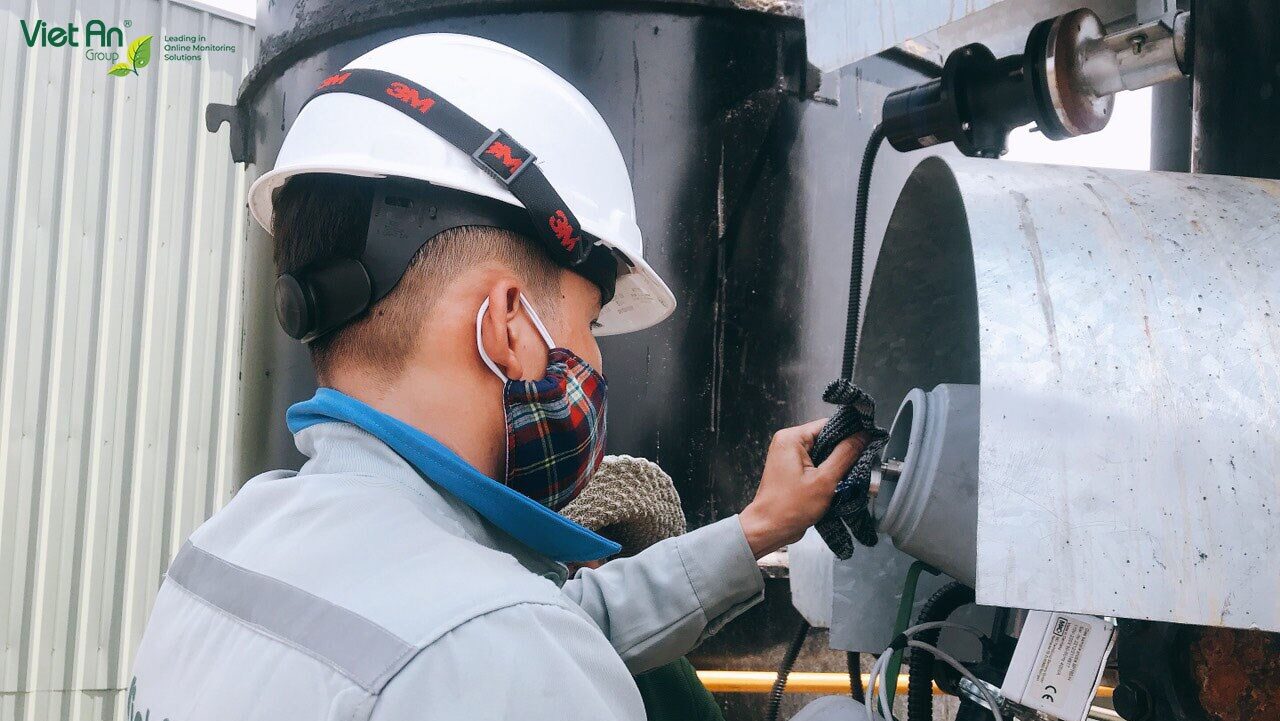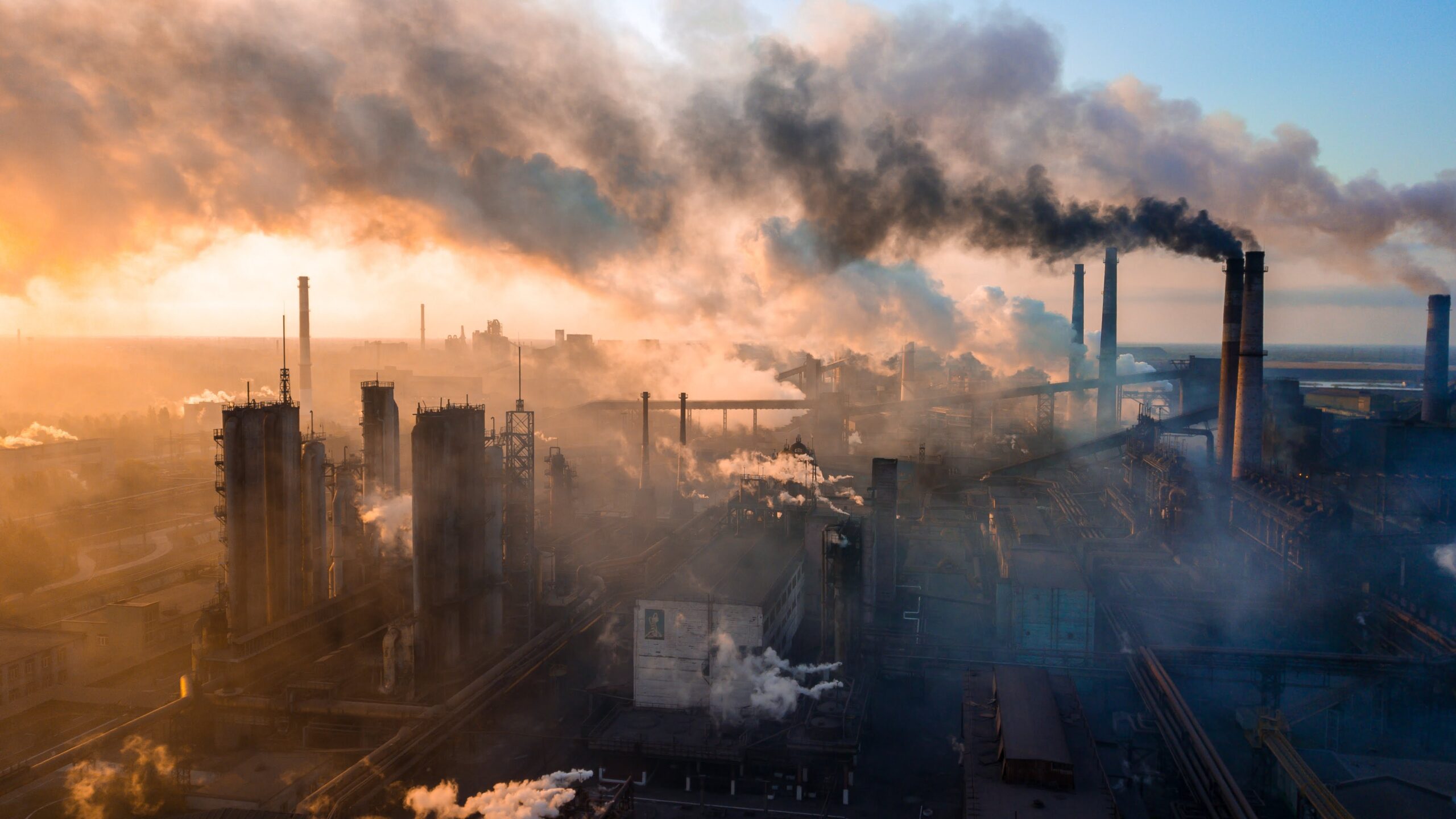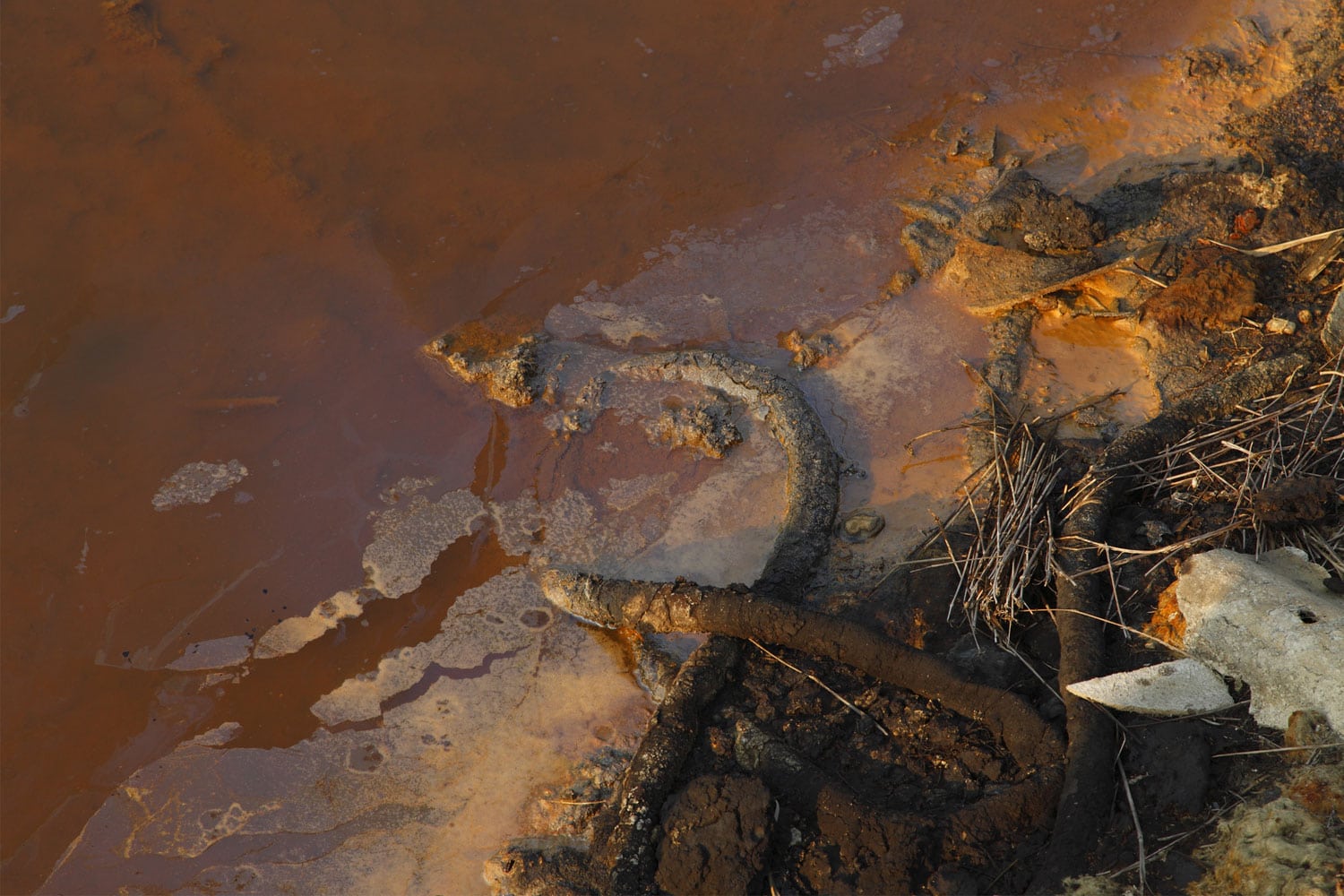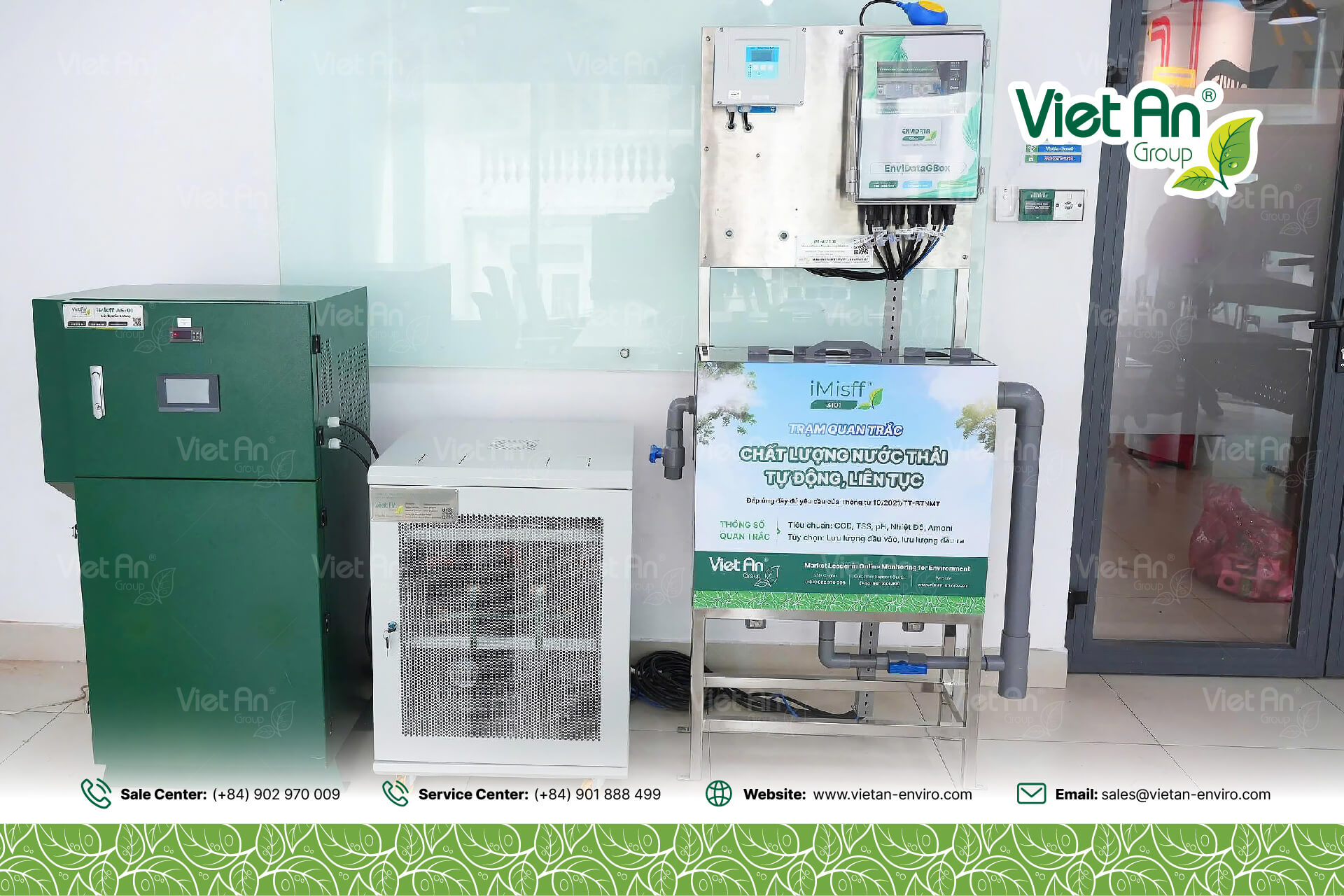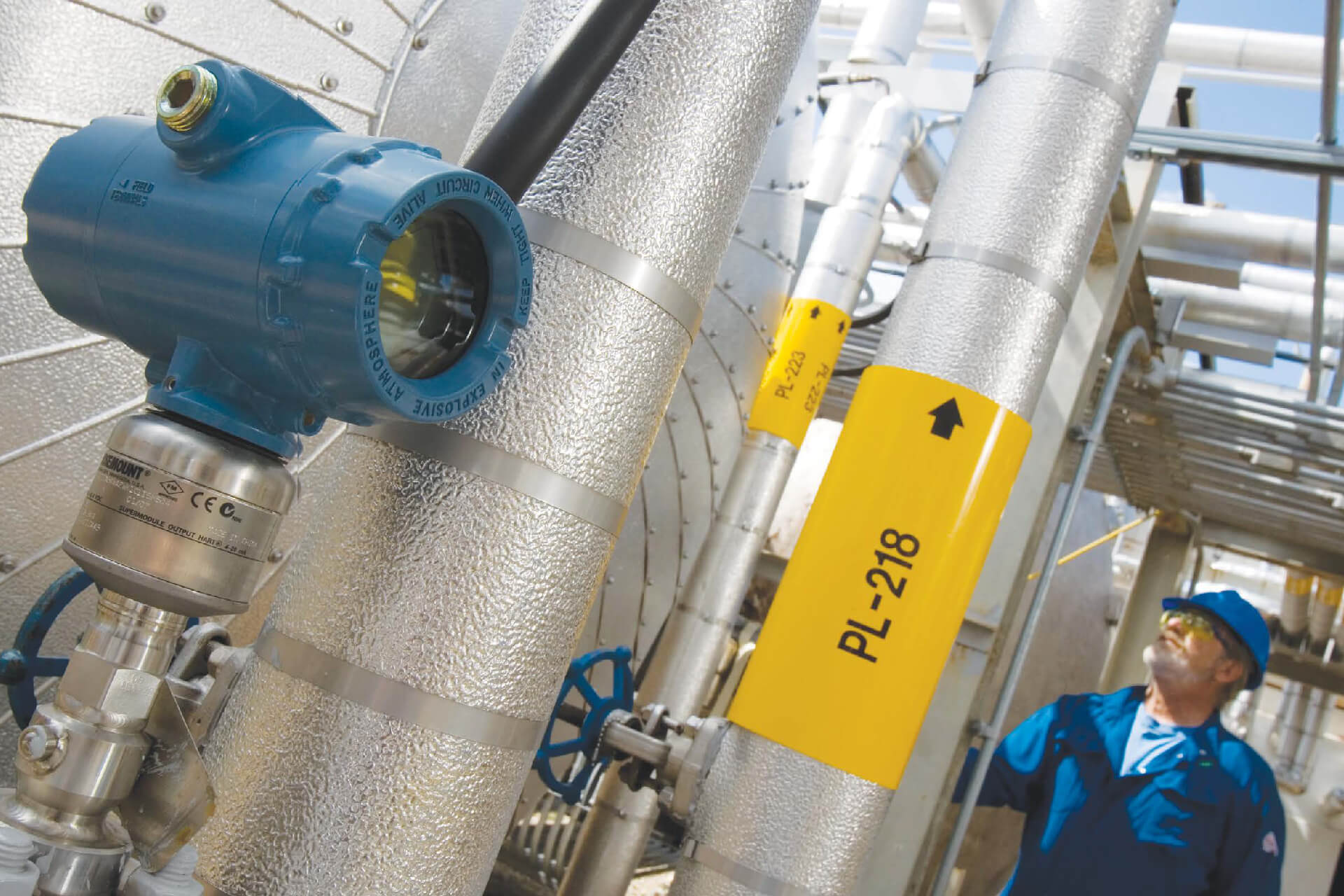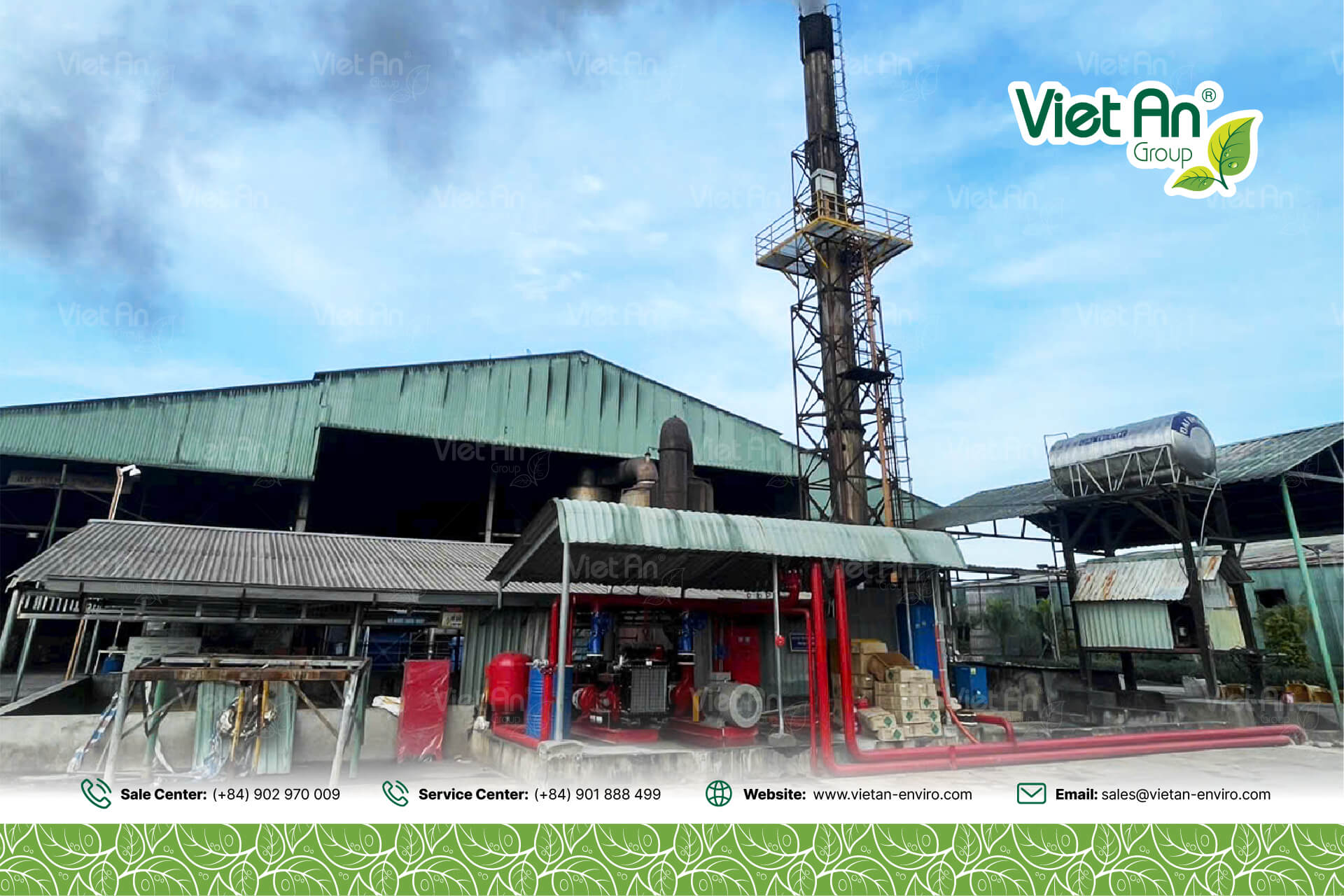Medical wastewater is becoming a major environmental concern in many countries, including Vietnam, if not properly treated and monitored. Every day, healthcare facilities generate significant amounts of wastewater and waste containing hazardous substances, bacteria, and pollutants, leading to negative impacts on water sources and ecosystems.
What is medical wastewater?
Medical wastewater is the type of wastewater generated from activities related to examination, treatment, and daily operations in healthcare facilities such as hospitals, clinics, and medical centers. This type of wastewater originates from processes such as consultations, examinations, treatments, as well as daily activities of healthcare staff, patients, and their families, including bathing, laundry, personal hygiene, and cooking.
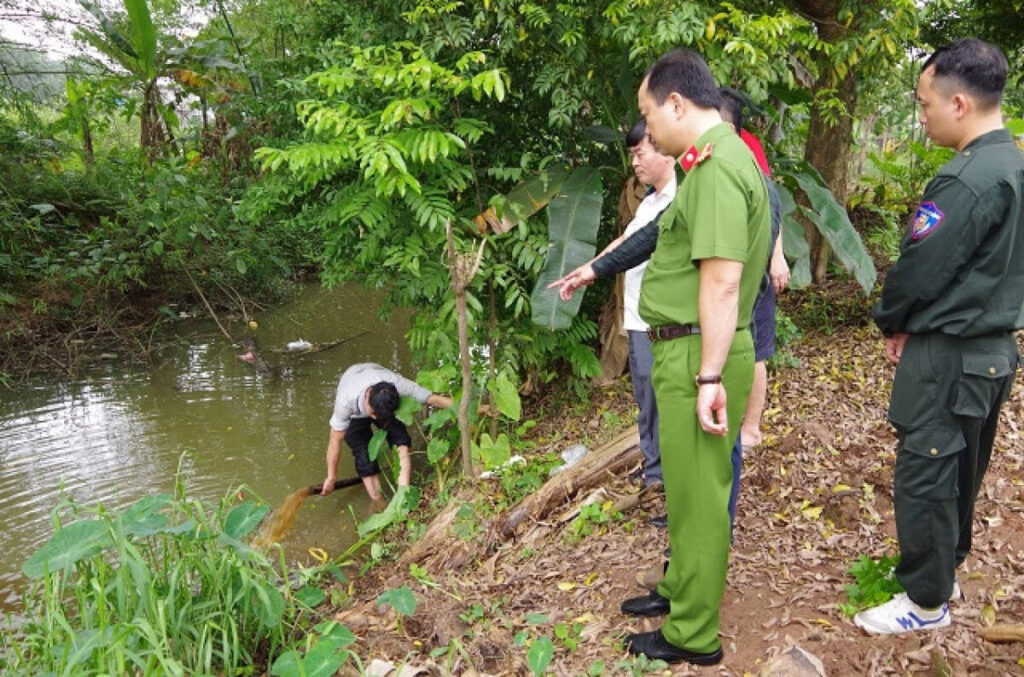
The current state of water pollution from medical waste.
According to data from the Department of Environmental Health Management in 2022, approximately 440.7 tons of solid medical waste are generated daily in Vietnam, of which 71.5 tons are classified as hazardous. Additionally, the healthcare sector produces an average of 130,000 m³ of wastewater each day, posing significant challenges in waste treatment and environmental pollution control.
This situation has persisted for a long time and is becoming increasingly severe. Healthcare facilities continuously generate large amounts of waste, such as expired medications, syringes, and other medical items during treatment and healthcare processes. What is concerning is that many facilities have yet to implement standardized waste treatment procedures, resulting in negative impacts on the environment.
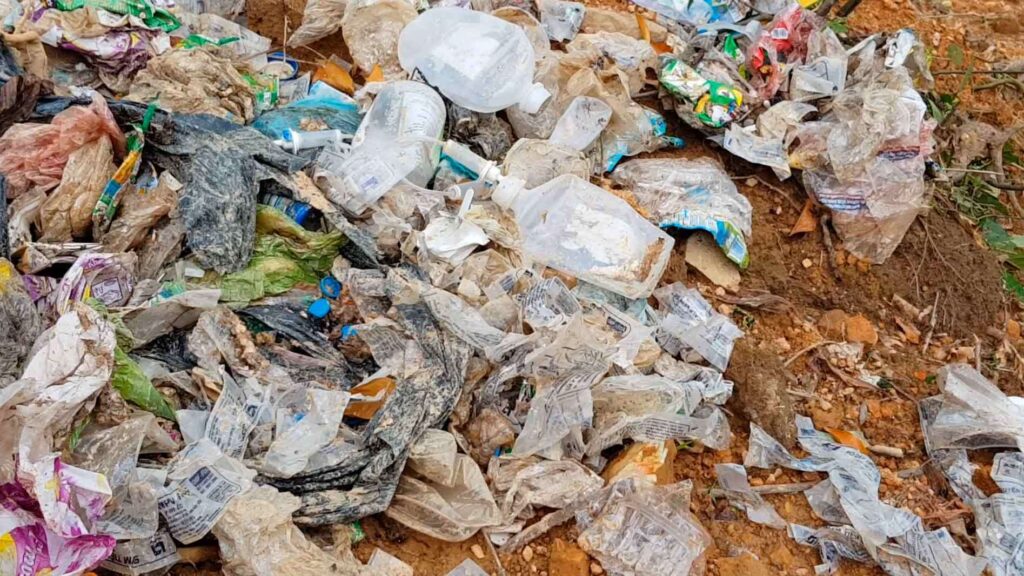
Most hospitals and healthcare facilities in Vietnam still lack adequately equipped wastewater treatment systems. As a result, untreated wastewater discharged into the environment can cause severe pollution of surface water sources and even affect groundwater in some areas.
In addition to wastewater, a large volume of solid waste such as used syringes, masks, and gloves is also being indiscriminately discarded into the environment instead of being collected and treated according to regulations. This not only poses a direct threat to aquatic ecosystems but also endangers human health and surrounding wildlife.
The main components of hospital wastewater
Medical wastewater is a complex mixture containing various contaminants, generated from treatment and healthcare activities at healthcare facilities such as hospitals, clinics, and nursing centers. Understanding the components of hospital and healthcare facility wastewater is crucial to ensuring effective wastewater treatment processes and protecting the environment. Below are the main components of wastewater generated in healthcare activities:
- Organic compounds: Generated from food consumption activities in hospitals, organic compounds increase the BOD (Biochemical Oxygen Demand) levels and can pollute water if not treated promptly.
- Suspended solids: Medical wastewater contains a significant amount of suspended solids (TSS), which can affect water quality and potentially clog treatment systems.
- Specimens: Blood, sputum, and urine from patients contain bacteria and viruses, requiring stringent treatment to prevent infections.
- Treatment chemicals: Wastewater contains various harmful chemicals, including radioactive substances, which can pose risks to health and the environment if not treated properly.
- Bacteria and viruses: Medical wastewater contains numerous pathogenic bacteria and viruses, posing a threat to public health.
- Toxic substances: Chemicals such as ammonium, nitrate, and phosphate in wastewater can harm ecosystems if not thoroughly treated.
The impact of medical wastewater on human health and the environment
Hazardous medical waste refers to waste that poses a risk to human health and the environment due to factors such as infectious, toxic, radioactive, flammable, corrosive, or other dangerous properties if not properly treated.
- Hazardous solid waste includes sharp materials such as syringes, scalpels, and broken glass; non-sharp infectious waste such as gauze and items contaminated with biological specimens; anatomical waste such as tissues and organs; and hazardous chemical waste such as expired medications, medical chemicals, and mercury from broken equipment.
- Hazardous liquid waste arises from medical and healthcare activities such as surgeries, laboratory testing, and hospital sanitation. This wastewater contains not only common pollutants but also pathogenic bacteria, chemicals, antibiotics, and radioactive isotopes from treatment processes.
- Regular medical waste (non-hazardous) refers to waste types that do not contain infectious or toxic elements, including general waste from patient rooms (excluding isolation areas), empty containers not contaminated with chemicals, administrative paperwork, and waste from hospital grounds.
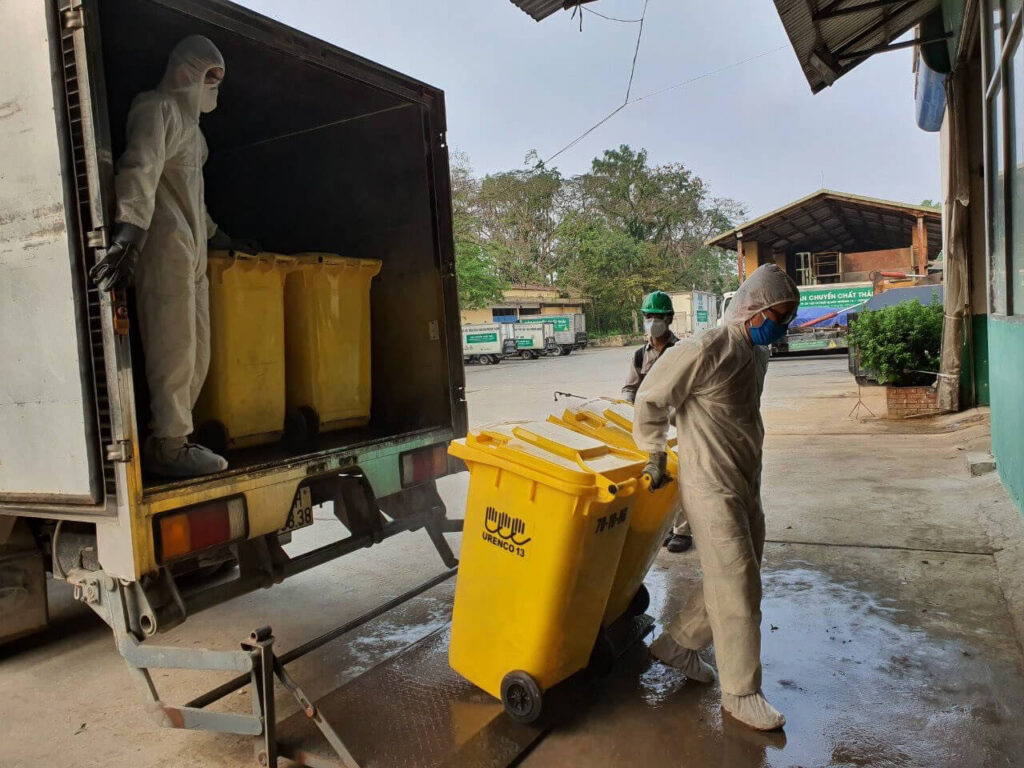
The medical wastewater standard QCVN 28:2010/BTNMT according to the national technical regulations.
Medical wastewater must undergo treatment and disinfection processes before being discharged into the environment to ensure safety.
The maximum allowable value (Cmax) for parameters and pollutants in wastewater from healthcare activities when discharged into the environment is determined by the following formula:
| Cmax = C x K |
In which:
- C is the value of parameters and pollutants as specified in Table 1.
- K is the adjustment factor based on the scale and type of healthcare facility, as specified in Table 2.
For specific parameters such as pH, Total coliforms, Salmonella, Shigella, and Vibrio cholera, the adjustment factor K is set to 1.
Table 1 – Values of C for Pollutant Parameters
| Ordinal number | Parameter | Unit | Values of C | |
| A | B | |||
| 1 | pH | – | 6,5 – 8,5 | 6,5 – 8,5 |
| 2 | BOD5 (200C) | mg/l | 30 | 50 |
| 3 | COD | mg/l | 50 | 100 |
| 4 | Total Suspended Solids (TSS) | mg/l | 50 | 100 |
| 5 | Sulfide (calculated as H2S) | mg/l | 1,0 | 4,0 |
| 6 | Ammonia (expressed as N) | mg/l | 5 | 10 |
| 7 | Nitrate (expressed as N) | mg/l | 30 | 50 |
| 8 | Phosphate (expressed as P) | mg/l | 6 | 10 |
| 9 | Animal and vegetable oils and fats | mg/l | 10 | 20 |
| 10 | Total alpha radioactivity | Bq/l | 0,1 | 0,1 |
| 11 | Total beta radioactivity | Bq/l | 1,0 | 1,0 |
| 12 | Total coliforms | MPN/ 100ml | 3000 | 5000 |
| 13 | Salmonella | Bacteria/100ml | ND | ND |
| 14 | Shigella | Bacteria/100ml | ND | ND |
| 15 | Vibrio cholerae | Bacteria/100ml | ND | ND |
Note:
- ND: Not detected
- The parameters for total alpha and beta radioactivity apply only to healthcare facilities that utilize radioactive sources.
In Table 1:
- Column A specifies the values of C for parameters and pollutants used to calculate the maximum allowable value in medical wastewater discharged into water sources for domestic water supply purposes.
- Column B specifies the values of 𝐶 C for parameters and pollutants used to calculate the maximum allowable value in medical wastewater discharged into water sources not intended for domestic water supply purposes.
- Medical wastewater discharged into the common drainage system of residential areas shall apply the values of C in Column B. If the wastewater is discharged into a collection system that leads to a centralized treatment facility, it must be disinfected beforehand, and the parameters must comply with the regulations of the wastewater treatment management unit.
The value of the coefficient K
Table 2 – Values of the coefficient K
| Type | Size | The value of the coeffcient K |
| Hospital | ≥ 300 giường | 1,0 |
| < 300 giường | 1,2 | |
| Other healthcare facilities | 1,2 |
Conclusion
Pollution from medical wastewater poses significant dangers to human health and ecosystems. To mitigate these negative impacts, effective treatment and environmental monitoring of wastewater have become urgent requirements. Compliance with the regulations of QCVN 28:2010/BTNMT, along with the implementation of modern treatment technologies, will enable healthcare facilities to better control their wastewater output, contributing to water source protection and ensuring public health safety.
